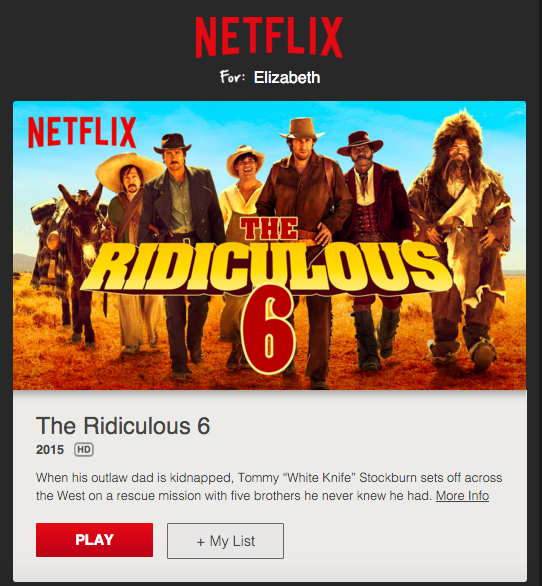 When it comes to advice on your email marketing strategy, we hear a lot of conflicting rules. Of course, seasoned email marketers know there’s no silver bullet to transform results from zero to hero overnight. The truth is, what works for one marketer might fail miserably for another. The only way to know which email strategy works best for your company is to test, test and test some more.
When it comes to advice on your email marketing strategy, we hear a lot of conflicting rules. Of course, seasoned email marketers know there’s no silver bullet to transform results from zero to hero overnight. The truth is, what works for one marketer might fail miserably for another. The only way to know which email strategy works best for your company is to test, test and test some more.
The good news, though, is that this can be incredibly freeing. Don’t ever feel like you have to follow anyone’s email marketing advice, particularly if something about the advice just doesn’t feel right to you. Below, we’ve dispelled three common email “rules” you’ve probably already heard before-and that you can probably safely ignore.
1. Never Email on a Weekend
We’ve written before about the futility of trying to make large-scale rules about the best days to send emails (here and here). It turns out, even the experts have trouble coming to an agreement. At least two studies in recent years point to Saturday and Sunday as the best days to send email, for one big reason: People have the time to read more on the weekend.
Even for B2B audiences, weekends provide just enough of a break for people to sort through their email inbox and catch up on the housekeeping details they don’t have time for during their busy work week.
The bottom line is that your unique audience is just that-unique. And you need to reach that audience at the unique time that’s right for them. Instead of following a rule blindly, let your data help you determine the best send time.
2. Don’t Include Images in Your Emails
OK, we’ll admit, there is some validity to this advice. Large images that take a lot of time to download can be a turnoff to many readers-and could send your emails right to the spam folder. And many readers have images turned off in their email viewing software by default. But if ever an argument could be made for including images in email, it would be this post showcasing some truly clever examples of animated GIFs. Some of these emails are serious showstoppers.
Take this one from Loft, for example:

With the GIF typing out an almost subliminal message about “no time for self-control,” everything about this email screams “Take Action!” It’s fun, it’s creative and it’s easy for customers to respond. While an animated image may not work best in every scenario, it certainly works well here.
3. Personalization is Creepy
Every time we hear this advice, we laugh out loud. Sure, there is a level of over-personalization that could be creepy. You don’t want to make it seem as if you know every minute detail about your subscribers’ online activities, since that would make you look like a stalker.
However, that doesn’t mean you should throw the baby out with the bathwater. Netflix, for example, is a master at using previous subscriber behavior to make targeted movie recommendations. And they do it via friendly, highly actionable emails like this one:

After all, the point of personalization is to help your customers get more of what they want. So long as you use personalization with that explicit goal in mind-and not simply to further your own agenda-there won’t be anything creepy about your emails.
So what’s the moral of the story here? Ultimately, we believe the only advice you need to follow with your email marketing strategy is to keep your customers at the center of everything you do. Get creative, think outside the box and let your data tell you what works best for your audience.
Looking for more ways to implement personalization in your email marketing? This infographic can help!
 Affiliate Marketing
Affiliate Marketing Automotive
Automotive eCommerce and Retail
eCommerce and Retail FinTech
FinTech LeadGen
LeadGen Nonprofit and Political
Nonprofit and Political Payments
Payments Technology Platforms
Technology Platforms Tourism and Hospitality
Tourism and Hospitality
 When it comes to advice on your email marketing strategy, we hear a lot of conflicting rules. Of course, seasoned email marketers know there’s no silver bullet to transform results from zero to hero overnight. The truth is, what works for one marketer might fail miserably for another. The only way to know which
When it comes to advice on your email marketing strategy, we hear a lot of conflicting rules. Of course, seasoned email marketers know there’s no silver bullet to transform results from zero to hero overnight. The truth is, what works for one marketer might fail miserably for another. The only way to know which 

